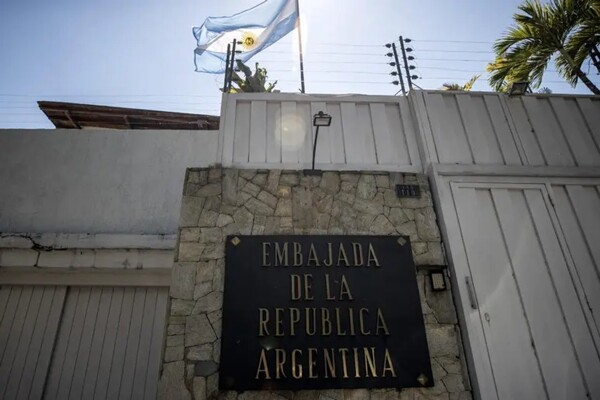
The Argentine government is implementing a strategy to prevent the uncontrolled issuance of pesos and maintain exchange rate stability. To achieve this, the remonetization of the economy is being promoted by encouraging the use of dollars that Argentines have outside the formal financial system, instead of issuing more national currency.
In the words of Luis Caputo, Minister of Finance of Argentina, "today there are more dollars than pesos on the street, and that is of no use to anyone if they do not circulate." This measure aims to keep the dollar at the floor of the exchange rate band, and is based on the inflow of capital from foreign investors, the seasonality of the agricultural harvest, and the fiscal surplus that removes a large amount of pesos from the market monthly.
To accelerate the liquidations of the agro-export sector, it has been decided to temporarily reduce withholdings until July. Federico Furiase, director of the Central Bank and close collaborator of Caputo, detailed that monetary issuance will only be used in two specific situations: if the exchange rate reaches the floor of the band or if the Treasury fails to refinance 100% of its maturities.
Under the framework of the new agreement with the International Monetary Fund that includes a $20 billion loan and the implementation of a flexible exchange rate band system, the Argentine government seeks to stabilize the exchange rate, reduce inflation to 1% per month, and accumulate reserves in a context of high exchange rate volatility and economic challenges.














